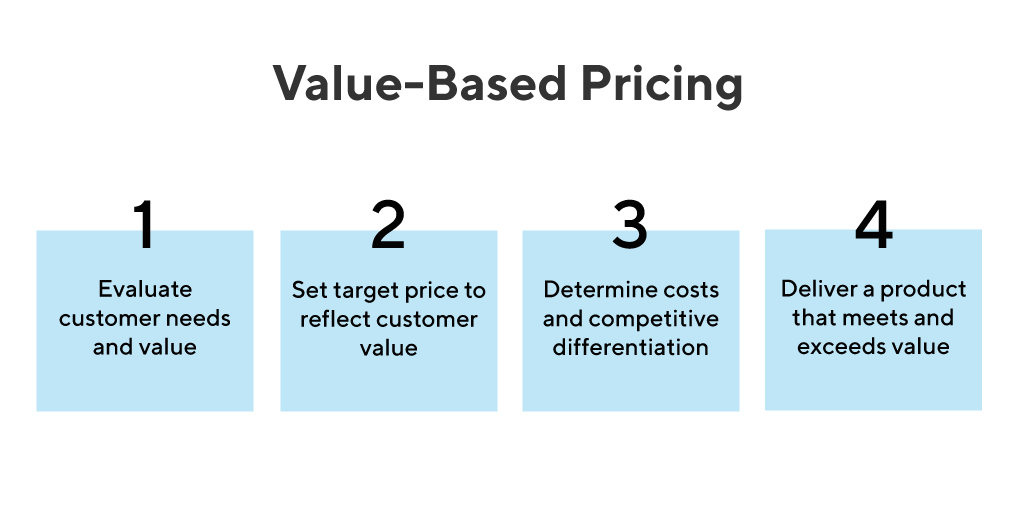What Is Account Reconciliation?

If necessary, additional journal entries are made to correct any errors recognized after investigation of discrepancies. Account reconciliation aims to take care of inconsistencies in accounting records, with these inconsistencies undoubtedly caused by certain factors. In this way, fraudulent tampering of accounting records is reduced as it becomes harder to achieve without leaving traces. With the accounting activities of companies majorly done by humans, there is no writing off human error. Account reconciliation, therefore, serves as a chance for companies to get rid of this human error from their entire accounting process.
The cash account balance in an entity’s financial records may also require adjusting in some specific circumstances, if you find discrepancies with the bank statement. After fee and interest adjustments are made, the book balance should equal the ending balance of the bank account. Therefore, businesses must conduct bank reconciliations regularly, depending upon the size of the business and the number of transactions. It can also help businesses keep a record of their accounts payables and accounts receivables and help them to be able to forecast their cash flow accurately. To meet this purpose, businesses usually reconcile accounts at the end of each accounting period.
- To successfully complete your bank reconciliation, you’ll need your bank statements for the current and previous months as well as your company ledger.
- Compare income tax liabilities to the general ledger account and adjust for any identifiable differences that need recording via journal entry.
- The account reconciliation process typically takes place at the end of a financial or accounting period and these processes are generally executed on general ledgers.
- However, the process still needs human involvement to capture certain transactions that may have never entered the accounting system, such as cash stolen from a petty cash box.
Read how in just a matter of weeks, Qualys leveraged FloQast to standardize the close process and organize controls and documentation for a more simplified SOX compliance. Emma’s 70-person geographically distributed accounting team improved internal controls and streamlined the audit thanks to FloQast. In both cases where mistakes are identified as a result of the reconciliation, adjustments should be undertaken in order for the account balance to match the supporting information.
Account reconciliation definition
Account reconciliation helps you see discrepancies between statements and your accounting ledger to confirm the consistency and accuracy of your books. The objective of doing reconciliations to make sure that the internal cash register agrees with the bank statement. Once any differences have been identified and rectified, both internal and external records should be equal in order to demonstrate good financial health. The company should ensure that any money coming into the company is recorded in both the cash register and bank statement.
- Reconciliation is used by accountants to explain the difference between two financial records, such as the bank statement and cash book.
- And, because Clio integrates with best-in-class accounting tools like QuickBooks and Xero, you can use them together to further simplify reconciliations.
- Businesses and individuals may reconcile their records daily, monthly, quarterly, or annually.
- Financial statements show the health of a company or entity for a specific period or point in time.
- Reconciliation in accounting—the process of comparing sets of records to check that they’re correct and in agreement—is essential for ensuring the accuracy of financial records for all kinds of businesses.
A company controller wants to reconcile all balance sheet accounts at the end of the year, so that their ending balances can be justified to the auditors. This involves collecting documentary evidence concerning the amounts stated in each account. Account reconciliations should be conducted regularly, to ensure that the account balances appearing in a firm’s balance sheet are correct.
reason for timing differences to determine whether an adjusting journal entry is
First, there are some obvious reasons why there might be discrepancies in your account. If you’ve written a check to a vendor and reduced your account balance in your internal systems accordingly, your bank might show a higher balance until the check hits your account. Similarly, if you were expecting an electronic payment in one month, but it didn’t actually clear until a day before or after the end of the month, this could cause a discrepancy.

Reconciliation can help you monitor your cashflow so you have enough to cover your business needs. If there are any differences between the accounts and the amounts, these differences need to be explained. Reconciling your bank statements allows you to identify problems before they get out of hand.
What are the types of reconciliation?
The time difference between when a payment or deposit was made and when this transaction is eventually recorded is one reason for discrepancies in accounting records. This was especially so when the physical legal tender was the main medium of exchange and recipients of money needed to get to deposit points to complete the whole deposit process. Non-sufficient funds (NSF) checks are recorded as an adjusted book-balance line item on the bank reconciliation statement. For example, say ABC Holding Co. recorded an ending balance of $500,000 on its records. After careful investigation, ABC Holding found that a vendor’s check for $20,000 hadn’t been presented to the bank. It also missed two $25 fees for service charges and non-sufficient funds (NSF) checks during the month.
Some differences may be acceptable because of the timing of payments and deposits. Unexplained or mysterious discrepancies, however, may warn of fraud or cooking the books. Businesses and individuals may reconcile their records daily, monthly, quarterly, or annually. Reconcile meaning in accounting is reconciling two or more financial statements to ensure they are accurate and consistent.
Even though accounting processes help to monitor every transaction, fraudsters work with accountants to make changes to accounting records. Errors in recording transactions are almost inevitable in the whole accounting process. This could be in the form of wrong digits, software errors, external errors from the bank, or mistakenly inputting a transaction in the wrong record.
Manual reconciliation to automation
Or correct the sub-ledger if an error like the duplicate recording of a transaction is a reconciling item. Accountants compare the general ledger balance for accounts payable with underlying subsidiary journals. GAAP (generally accepted accounting principles) requires accrual accounting to record accounts payable and other liabilities in the correct accounting period. Reconciliation in accounting is the process of ensuring that two sets of financial records agree.
Automated reconciling
Customer reconciliations are performed by businesses which offer credit terms to their customers. Martin loves entrepreneurship and has helped dozens of entrepreneurs by validating the business idea, finding scalable customer acquisition channels, and building a data-driven organization. During 33 ways to meet credit card minimum spend requirements his time working in investment banking, tech startups, and industry-leading companies he gained extensive knowledge in using different software tools to optimize business processes. Nonetheless, account reconciliation, in this case, bank account reconciliation, works in the following ways.
Establish clear processes and procedures
In general, reconciling bank statements can help you identify any unusual transactions that might be caused by fraud or accounting errors. For small businesses, the main goal of reconciling your bank statement is to ensure that the recorded balance of your business and the recorded balance of the bank match up. Recording inventory (and related accounts payable) transactions may lag, requiring accruals through a cut-off date after month-end. Physical inventories are conducted annually and through more frequent cycle counts of fewer items. Physical inventory counts must be reconciled with the general ledger, and discrepancies that can’t be resolved are recorded using journal entries.
2022-08-09



